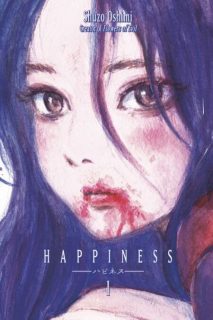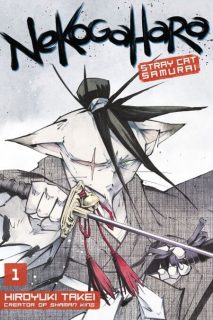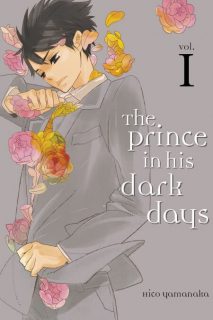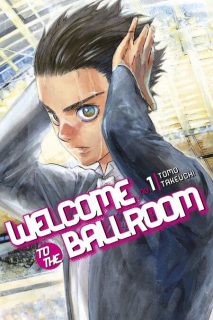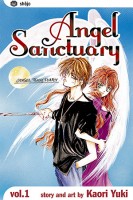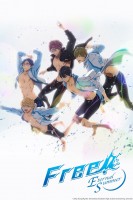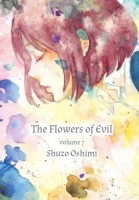And the winner of the Kodansha Comics Collection manga giveaway is… Amaya!
As the winner, Amaya will be receiving not one but four of Kodansha Comics print debuts from 2016: Shuzo Oshimi’s Happiness, Hiroyuki Takei’s Nekogahara: Stray Cat Samurai, Hico Yamanaka’s The Prince in His Dark Days, and Tomo Takeuchi’s Welcome to the Ballroom. As I was reflecting back on the manga of 2016, I found that I was particularly impressed by the increased variety in Kodansha Comics titles. And so, for this giveaway, I asked that participants tell me about their favorite 2016 Kodansha Comics manga, debuts or otherwise. Akiko Higashimura’s Princess Jellyfish seems to have garnered the most love and attention, but be sure to check out the giveaway comments for everyone’s excitement over all of the great manga released by Kodansha Comics this year!
Kodansha Comics 2016 print debuts:
Attack on Titan: Lost Girls written by Koji Seko, illustrated by Ryosuke Fuji.
Attack on Titan Coloring Book by Hajime Isayama
Attack on Titan Anthology edited by Ben Applegate and Jeanine Schaefer
Cells at Work by Akane Shimizu
Complex Age by Yui Sakuma
Fairy Tail: Twin Dragons of Saber Tooth by Kyouta Shibano
Fairy Tail: Zero by Hiro Mashima
Fire Force by Atsushi Ohkubo
Forget Me Not written by Mag Hsu, illustrated by Nao Emoto
The Ghost and the Lady by Kazuhiro Fujita
Happiness by Shuzo Oshimi
In/Spectre by Chashiba Katase
Interviews with Monster Girls by Petos
Maga-Tsuki by Hoshino Taguchi
Nekogahara: Stray Cat Samurai by Hiroyuki Takei
Neo Parasyte F by Various
Paradise Residence by Kosuke Fujishima
Persona Q: Shadow of the Labyrinth, Side: P3 by So Tobita
Persona Q: Shadow of the Labyrinth, Side: P4 by Mizunomoto
The Prince in His Dark Days by Hiko Yamanaka
Princess Jellyfish by Akiko Higashimura
Queen Emeraldas by Leiji Matsumoto
Real Account written by Okushou, illustrated by Shizumu Watanabe
Spoof on Titan by Hounori
Sweetness and Lightning by Gido Amagakure
That Wolf-Boy is Mine! by Yoko Nogiri
Welcome to the Ballroom by Tomo Takeuchi
As always, thank you to everyone who took the time to participate in the giveaway and for sharing your favorite Kodansha Comics manga with me. 2016 was a great year for manga and 2017 looks like it should be pretty darn good, too. But before we get to that, I hope to see you again for this year’s last giveaway!

